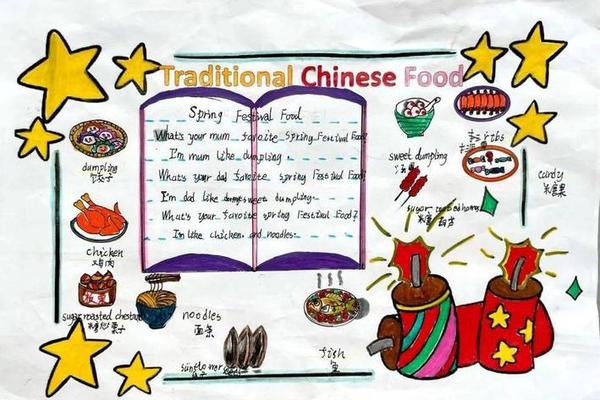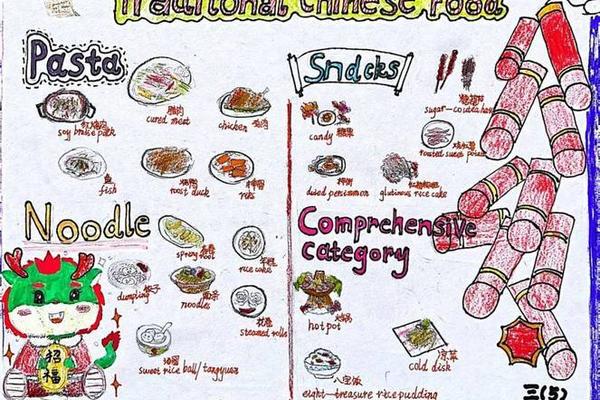Commonalities Between Chinese and Western Food Cultures (English Version)
While Chinese and Western cuisines differ significantly in ingredients, cooking techniques, and dining customs, they also share several core similarities that reflect universal human values and cultural exchanges. Below are key commonalities supported by research:
1. Social and Communal Functions of Food
Both cultures emphasize the role of food in fostering social bonds. In China, shared meals (e.g., family-style dining) symbolize unity and hospitality . Similarly, Western traditions like Thanksgiving dinners or Italian family feasts highlight food as a medium for connection and celebration .
2. Staple Foods as Dietary Foundations

Carbohydrate-rich staples form the backbone of daily diets in both cultures:
These staples provide energy and are often paired with proteins and vegetables, reflecting a balanced approach to nutrition .
3. Globalization of Ingredients and Dishes
Cross-cultural exchanges have led to shared ingredients and adapted dishes:

4. Food as Cultural Identity and Celebration
Both cultures use food to mark festivals and traditions:
These practices underscore food’s role in preserving heritage and communal joy.
5. Health-Conscious Trends
Modern dietary shifts emphasize health and sustainability in both contexts:
6. Street Food Culture
Portable, affordable street foods thrive globally:
These reflect a shared appreciation for quick, flavorful meals accessible to all socioeconomic groups.
Conclusion
Despite distinct philosophies—Chinese cuisine’s harmony with nature versus Western focus on nutrition science—both cultures celebrate food as a bridge between people, history, and innovation. Globalization continues to blend these traditions, creating a richer, interconnected culinary landscape .
For deeper exploration, refer to sources on cross-cultural dietary adaptations and historical exchanges.


